Interactome
Recent articles
Fishing for protein partners nets clues to autism
Connections between 13 autism-linked proteins and their binding partners in excitatory neurons implicate a new molecular pathway.
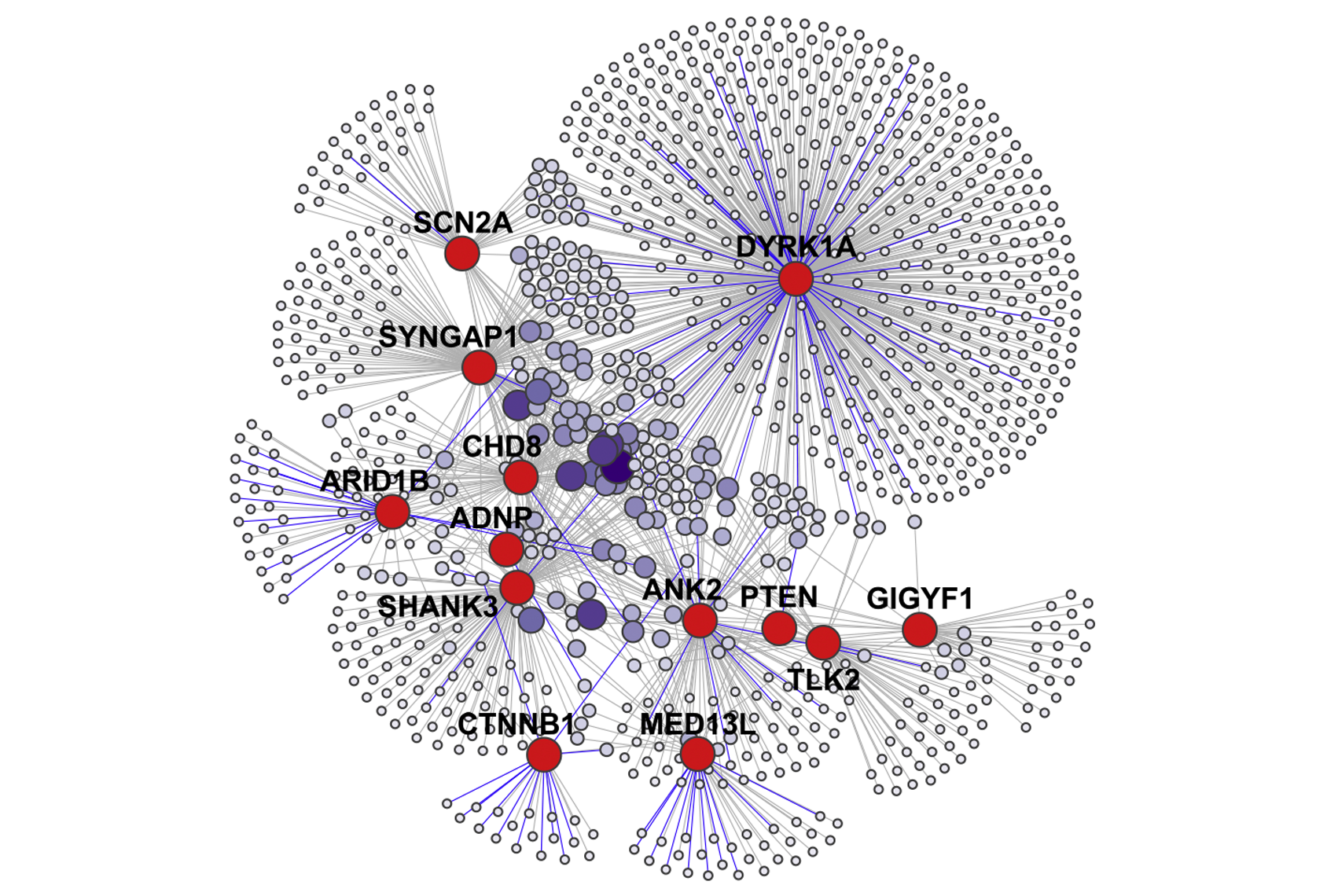
Fishing for protein partners nets clues to autism
Connections between 13 autism-linked proteins and their binding partners in excitatory neurons implicate a new molecular pathway.
Protein atlas doubles number of known interactions in mice
Thousands of protein-protein interactions mapped in mice reveal how these networks shift across seven kinds of tissue.
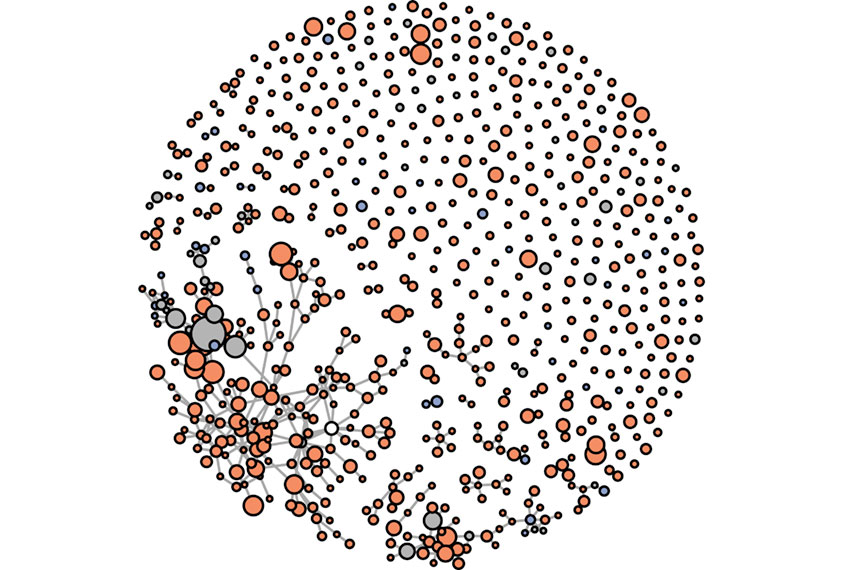
Protein atlas doubles number of known interactions in mice
Thousands of protein-protein interactions mapped in mice reveal how these networks shift across seven kinds of tissue.
Autism-linked protein screen reveals hundreds of new interactions
Researchers have uncovered more than 1,200 new protein-protein interactions involving proteins coded for by autism-linked genes.
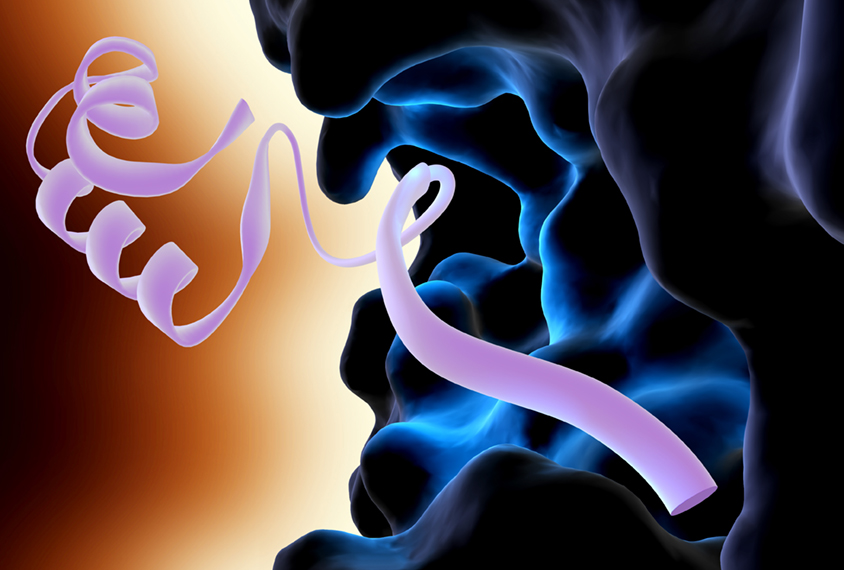
Autism-linked protein screen reveals hundreds of new interactions
Researchers have uncovered more than 1,200 new protein-protein interactions involving proteins coded for by autism-linked genes.
Unique brain ‘fingerprints’ may narrow search for autism subtypes
Grouping people with autism based on their unique brain-activity ‘fingerprints’ may help to identify subtypes of the condition.
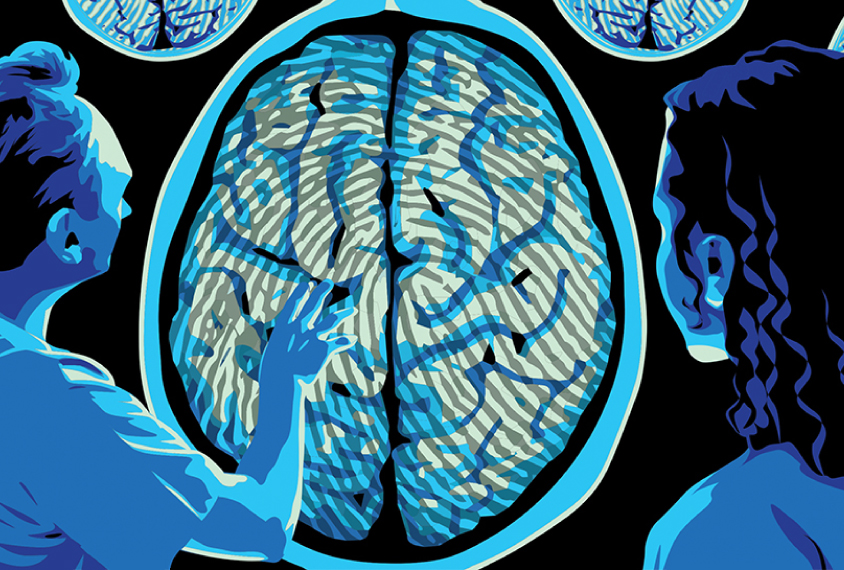
Unique brain ‘fingerprints’ may narrow search for autism subtypes
Grouping people with autism based on their unique brain-activity ‘fingerprints’ may help to identify subtypes of the condition.
New health handbook; evidence imbalance; social motivation and more
The latest manual of international disease codes is out, a franchise claims to have an autism cure, and two reports diverge on the validity of the social-motivation hypothesis.
New health handbook; evidence imbalance; social motivation and more
The latest manual of international disease codes is out, a franchise claims to have an autism cure, and two reports diverge on the validity of the social-motivation hypothesis.
Web-based tools reveal mutations’ effects on proteins
Two new online resources help researchers predict how mutations alter protein structure.
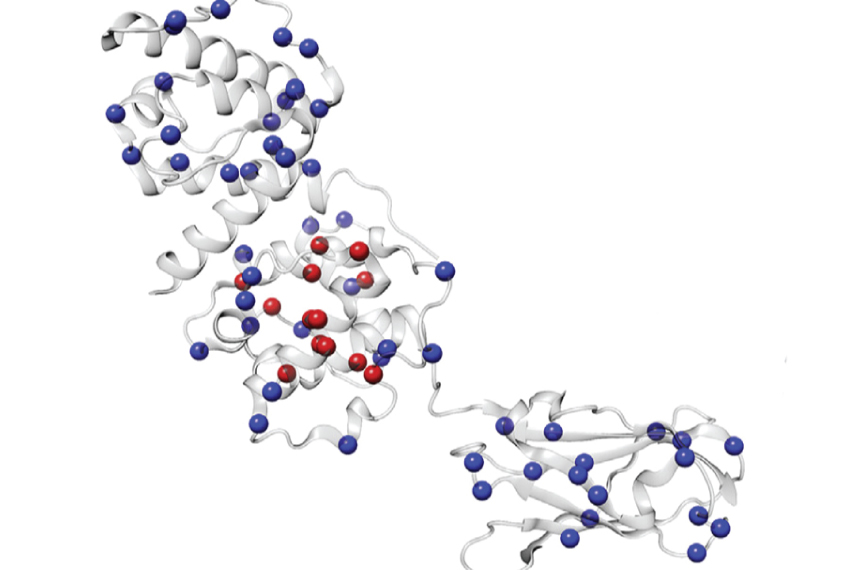
Web-based tools reveal mutations’ effects on proteins
Two new online resources help researchers predict how mutations alter protein structure.
Tangled web of proteins holds clues to autism’s complexity
Understanding how mutations in genes linked to autism perturb the different versions of proteins the genes form could reveal new targets for treatments.
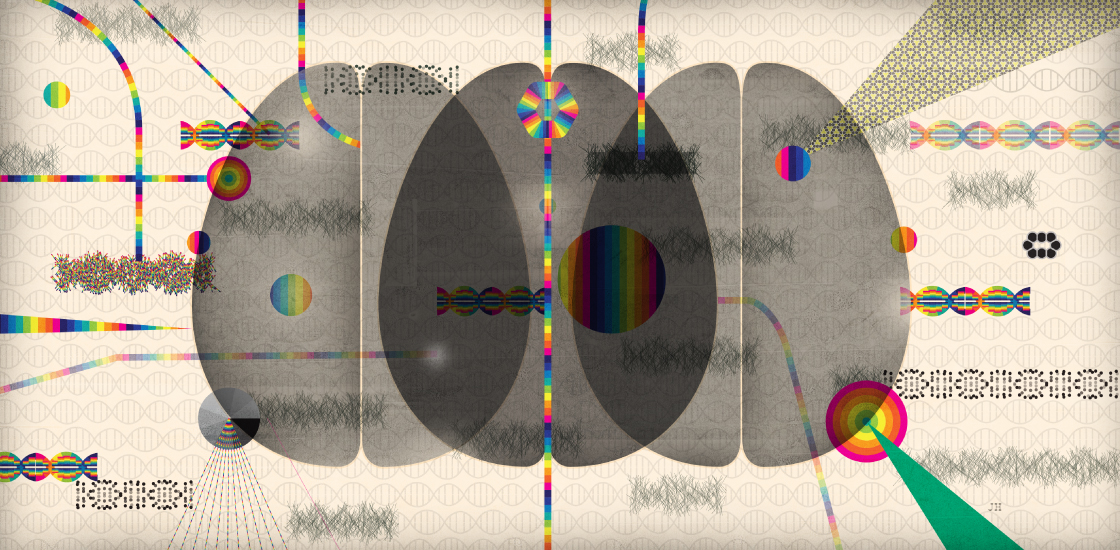
Tangled web of proteins holds clues to autism’s complexity
Understanding how mutations in genes linked to autism perturb the different versions of proteins the genes form could reveal new targets for treatments.
Online atlas reveals huge array of protein connections
A new web-based tool charts the myriad contacts among human proteins.
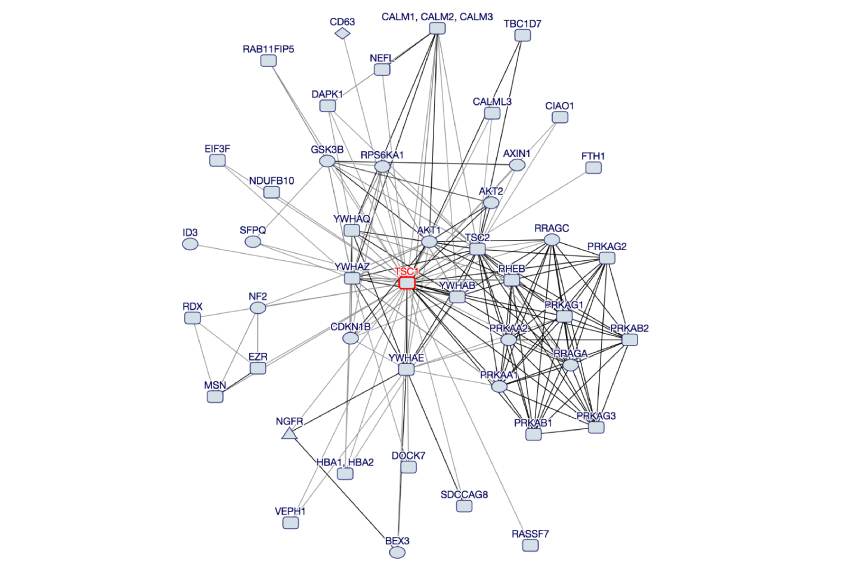
Online atlas reveals huge array of protein connections
A new web-based tool charts the myriad contacts among human proteins.
Questions for Richard Tsien: Taking apart autism’s machinery
Autism may stem from faulty feedback loops in the brain, like an air conditioning system gone awry.

Questions for Richard Tsien: Taking apart autism’s machinery
Autism may stem from faulty feedback loops in the brain, like an air conditioning system gone awry.
New method vets quality of antibodies for experimental use
Researchers have devised a reliable technique for evaluating how well antibodies home in on specific molecules in scientific experiments. The new approach could take some of the guesswork out of studies that use antibodies to label and isolate proteins.

New method vets quality of antibodies for experimental use
Researchers have devised a reliable technique for evaluating how well antibodies home in on specific molecules in scientific experiments. The new approach could take some of the guesswork out of studies that use antibodies to label and isolate proteins.
Explore more from The Transmitter
Snoozing dragons stir up ancient evidence of sleep’s dual nature
Deep-sleep cycling between brain waves of higher and lower amplitude dates far back on the evolutionary tree, according to a new comparative study of mammals and reptiles.
Snoozing dragons stir up ancient evidence of sleep’s dual nature
Deep-sleep cycling between brain waves of higher and lower amplitude dates far back on the evolutionary tree, according to a new comparative study of mammals and reptiles.
The Transmitter’s most-read neuroscience book excerpts of 2025
Books by Nachum Ulanovsky, Nicole Rust, and Andrew Iwaniuk and Georg Striedter made the list of some of the year's most engaging neuroscience titles.

The Transmitter’s most-read neuroscience book excerpts of 2025
Books by Nachum Ulanovsky, Nicole Rust, and Andrew Iwaniuk and Georg Striedter made the list of some of the year's most engaging neuroscience titles.
Neuroscience’s leaders, legacies and rising stars of 2025
Here are seven stories from the past year about some of the field’s most engaging figures.

Neuroscience’s leaders, legacies and rising stars of 2025
Here are seven stories from the past year about some of the field’s most engaging figures.